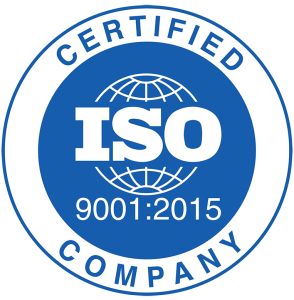Steel hollow bars and ERW tubes are used in a range of structural applications. The tubing can provide a cost advantage over solid bars as well as weight savings. They also have a lot of strength, especially when manufactured with care and precision. Although hollow bars and tubes can be of a similar shape, there are many differences between the two.
During the manufacturing process, there is a large difference between how the two are made. Tubes are created by using slit coils of a metal and putting it through a tube mill, a series of dies. The process can be used to create square, rectangular, or round shaped tubing. Once the required shape has formed, the edges are welded together. The process of welding can differ depending on the thickness of the material, type, and methods of the manufacturing team. Generally, electric resistance welding (ERW) is used.
When making hollow bars, welding is not used in the process. There are two ways to produce a hollow bar, and again the method depends on the material type and dimensional requirements. One of the methods is called drilling; this involves putting a drill through a solid metal bar. This type of production makes highly accurate dimensions for vital applications. A second technique involves centrifugal casting; this is when a mould is rotated at fast speeds whilst molten metal is added. The spinning force is how it cools into shape.
Hollow bars can provide very tight dimensional tolerances, but achieving this with tubes can be more challenging. If care is not taken by the manufacturer the outcome can be of a lower quality. However, Union Steel is highly skilled manufacturers of an array of ERW tubes. That means you can be assured you are getting your money’s worth and still be within your project’s time frame and budget.
We are dedicated to providing a high class service for all of our clients, and you will find consistent results when using us every time. If you require our expertise, please don’t hesitate to get in touch today.


